Okay, let’s get this straight out of the way. Bezel-less phones are upon us and it’s only a matter of time now until bezel-less design becomes a norm amongst mid-range and entry-level handsets.
Major flagship smartphone manufacturers have already embraced (or going to) the bezel-free design and are pushing this technology forward. And why not, we get big displays in a relatively smaller form factor, after all.
Moreover, you don’t have to deal with those ugly bezels on the bottom and top of the display while consuming content. That doesn’t necessarily mean bezel-free displays are always superior to the ones with bezels. But, that’s a discussion for another day.
It’s time we acknowledge the fact that bezel-less phones are upon us, as mentioned earlier. And if you are reading this article, chances are, you are in search of one. So, without any further ado, let’s check out some of the best bezel-less Android smartphones available in the market currently.
Samsung Galaxy S9 and S9+
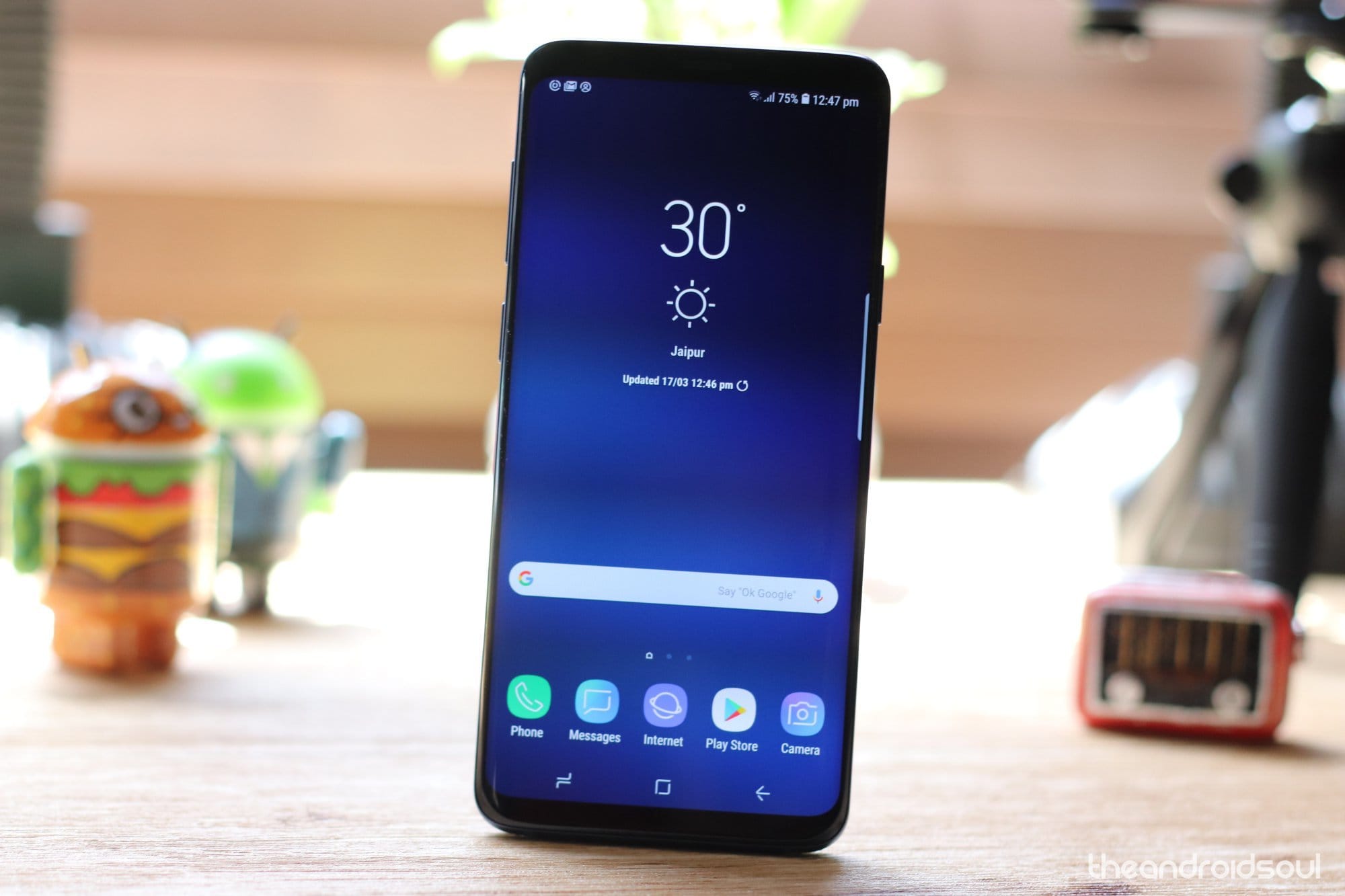
Like the Galaxy S8 and S8+, there’s not so much (so to say) that separates the Galaxy S9 and S9+. Of course, the differences are more pronounced this year than last year. In addition to the screen sizes and battery capacity, the two are also differentiated by their cameras, where the S9 has a single-lens setup and the S9+ gets a dual camera system.
Under the hood, you also get a slightly superior package on the Galaxy S9+ thanks to the bigger 6GB RAM compared to 4GB RAM on the standard S9. As for the rest, everything remains the same, but of course, their prices vary.
These two are nearly identical to their predecessors in terms of design, but for the slightly tweaked back panel and slimmer bezels. You also get stereo speakers and a new OS to boot out of the box. In short, if you loved the S8 and S8+, you’ll love the S9 and S9+ even more, be it from a design or performance perspective.
Check out more on our coverage of the Galaxy S9 and S9+ below:
- Samsung Galaxy S9 updates timeline
- Samsung Galaxy S9 Plus updates timeline
- Samsung Galaxy S9 Plus firmware download
- How to root Galaxy S9 and S9 Plus
- Best Galaxy S9 cases and covers
- Common Galaxy S9 problems and solutions
Samsung Galaxy Note 8
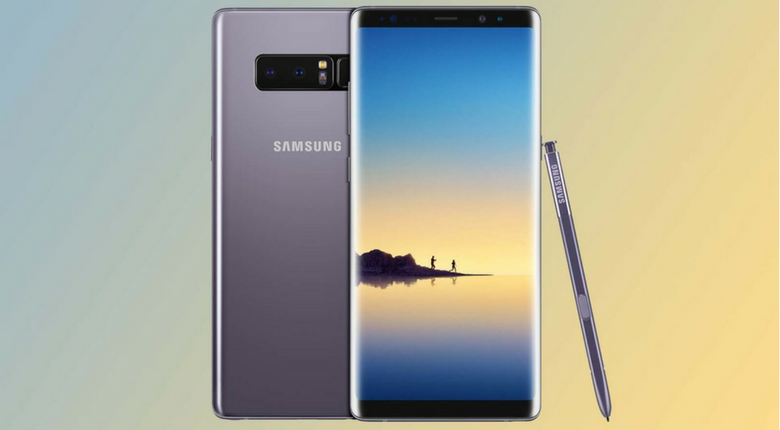
Samsung Galaxy Note 8 is arguably the best bezel-less Android smartphone your money can buy right now. It has a great design, a huge 6.3-inch QHD+ display, the company’s very own stylus aka S Pen, and a lot more.
As for the internals, like any other flagship device, the Galaxy Note 8 is powered by a Qualcomm Snapdragon 835 SoC paired with 6GB of RAM and 64GB of onboard storage. Although a tad older, the Note 8 is no slouch when it comes to executing tasks, multitasking, playing heavy games and whatnot.
The major highlight of the smartphone (apart from the Infinity Display, of course) is the presence of a dual camera setup on the back — first for any Samsung phone. The camera, akin to iPhone 7 Plus, will allow up to 2x optical zoom.
‘How to take a screenshot on Galaxy Note 8’
Needless to say, Samsung has always been impressive when it comes to cameras on its flagship phones. And, Galaxy Note 8 isn’t an exception this time.
Overall, the Galaxy Note 8 is an all-rounder which can handle any task you throw at it with ease. The only downside is its price tag which almost touches $1000. Get it if you can afford it and you won’t be disappointed.
LG V30

The LG V30, save for the S Pen, pretty much offers you everything the Galaxy Note 8 has to offer. If anything, you’ll get a bunch of other features such as Hi-Fi Quad-DAC, floating action bar and voice unlock, and the company’s own plastic OLED display as well.
Speaking of the display, the LG V30 will rock a 6-inch FullVision OLED display with an aspect ratio of 18:9. And, it goes without saying there are minimal bezels around the display on the front.
As for the internals, the LG V30 houses a Snapdragon 835 SoC under the hood hooked onto either 4GB of RAM with 64GB/128GB of onboard storage. Like other flagship phones, the V30 also has dual rear cameras on the back — a standard lens + a wide-angle lens and a selfie camera at the front.
‘LG V30 Root, TWRP recovery and Bootloader unlock: All you need to know‘
To conclude, the LG V30 is a great alternative to the Galaxy Note 8. And most importantly, it will save you a couple hundred dollars. Pick it if you are intimidated by the Samsung Galaxy Note 8’s exorbitant price tag.
Samsung Galaxy S8 Plus
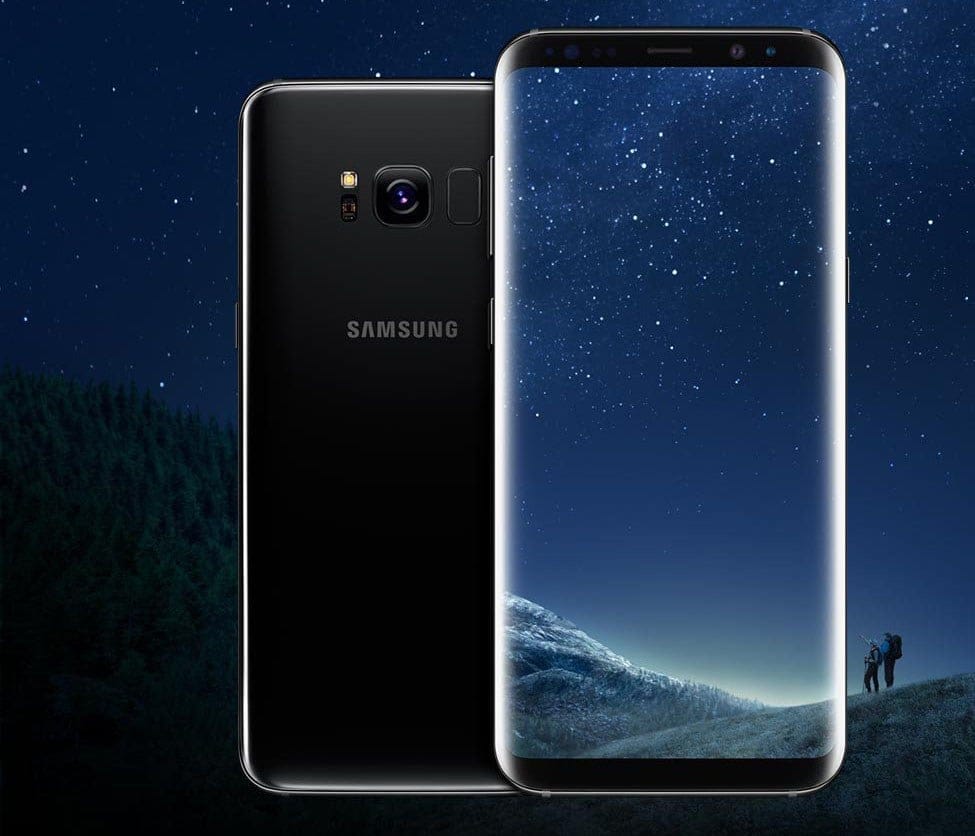
Samsung Galaxy S8 Plus needs no introduction unless you’ve been living under a rock for the past few months. It’s one of the greatest smartphones the company has ever produced and is one of the best-looking bezel-less smartphones out there.
The Galaxy S8 Plus boasts a huge 6.3-inch QHD Infinity Display which dominates most of the front. At the heart of the device is a Snapdragon 835 SoC clubbed with either 4GB or 6GB of RAM and 64GB/128GB of onboard storage.
The Galaxy S8 Plus packs a 12MP dual-pixel autofocus camera with a f/1.7 aperture which BTW, captures great images even in low-lighting conditions.
In terms of battery, the Galaxy S8 Plus draws fuel from a 3,500mAh battery, which, for the unaware, is bigger than the one on the recently launched Galaxy Note 8.
On the whole, the Galaxy S8 Plus is essentially the Galaxy Note 8 without an S Pen and dual cameras. If you can forego these features, the Galaxy S8 Plus is still a great deal. Plus, you’ll end up saving a few dollars. Who wouldn’t want that?
Samsung Galaxy S8
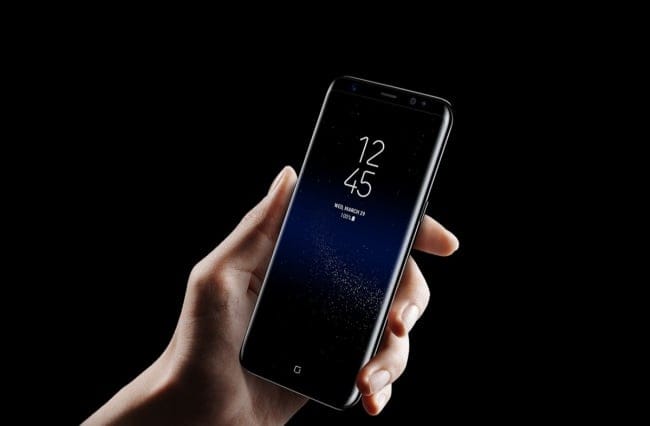
Except for a slightly more RAM and a bigger display, there’s not much difference between the Galaxy S8 and its bigger sibling, the Galaxy S8 Plus.
From design to the internals to Infinity Display to camera specs, both the phones are quite similar. Get the Plus variant if you want a super big-screen phone. Otherwise, the Galaxy S8 serves the purpose just fine with its big 5.8-inch display.
‘Galaxy S8 Gear VR headset actually works fine for the Note 8 as well‘
It fits in the hand quite well and is best suited for one-handed usage. It, however, features a slightly smaller battery at 3,000mAh owing to its smaller footprint. That’s one thing you should be willing to sacrifice.
The good news, however, is you’ll end up paying less than what you would for the Galaxy S8 Plus or the Note 8.
Huawei P20 Pro

Although the U.S. government may be against Huawei selling the P20 Pro and co in the U.S., this is still one of the best bezel-less smartphones that money can buy right now. In addition to rocking a slightly unusual 18.7:9 display aspect ratio that makes up for an even taller display screen while pushing the bezels far much to the outside, the P20 Pro is the only phone that has a tri-lens camera on the back.
Whether it’s solely for this reason that folks at DxOMark have awarded the phone a score of 109 is still unknown to us since we haven’t yet encountered the phone as we’d want to but based on this report, you are getting a phone that is not only one of the best in the bezel-less smartphone world, but also the best when photography comes into the picture.
The P20 Pro also packs some punch thanks to the flagship Kirin 970 chipset, 6GB RAM, 128GB storage and a whopping 4000mAh battery unit. Even better is that it comes preinstalled with Android 8.1 Oreo and looking at what happened last time out with respect to the P10 and Oreo updates, we are looking at a possible Q3 or maybe an early Q4 release date for Android P.
You can read more about the Huawei P20 Pro and the standard P20 here. There’s also more on the entry-level Huawei P20 Lite here, which is also another great bezel-less handset for those looking to save some dollars on the hefty price of the P20 Pro or even the standard P20.
Huawei Mate 10 Pro
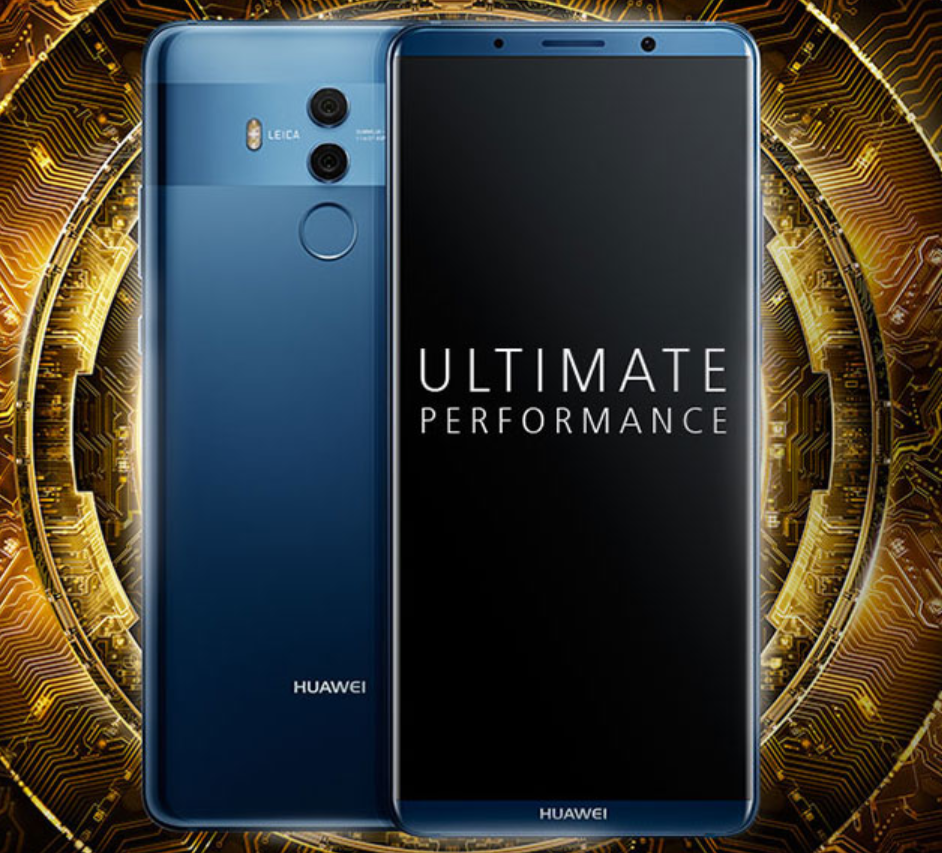
Huawei’s P series plays second fiddle to the Mate family as far as the company’s flagship phones are concerned. And while it’s true the current P20 Pro is way ahead of the Mate 10 Pro, there’s still more to the latter handset that makes it a top option on the list of best bezel-less phones.
You are getting a specs sheet that is nearly identical to the P20 Pro, but the Mate 10 Pro is what you need to look at if you are a Huawei fan hunting for a high-end phone with a bezel-less display and no notch. Yes, the Mate 10 Pro has no notch and in our opinion, it has the fingerprint scanner in the right position.
On the downside, you’ll miss out on the magnificent tri-lens camera on the P20 Pro, but this doesn’t mean the dual-lens setup on the Mate 10 Pro is a poor performer. In fact, if DxOMark rankings are to be consulted, the Mate 10 Pro is as good as the iPhone X
Essential Phone
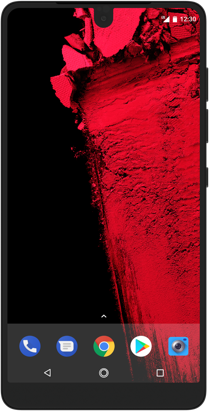
Launched a few months ago, Essential Phone is the brainchild of Andy Rubin, the father of Android.
True to its name, the Essential Phone doesn’t bring any fancy features to the table, save for the near bezel-less display. Instead, it focuses on solving some of the biggest problems of Android phones.
Software, for one, is a good place to start at. The Essential Phone boots near stock Android out-of-the-box and has minimal bloatware — something which is not very common among other phones. It has a clean UI which BTW, is easy to learn.
Another highlight feature of the Essential Phone is its edge-to-edge 5.7-inch QHD display with an 84.9% screen-to-body-ratio. The build too, is quite impressive.
In terms of hardware, the Essential Phone comes with a Snapdragon 835 SoC, 4GB of RAM, 128GB of native storage space, dual 13MP rear cameras (RGB + Monochrome), and an 8MP selfie camera. Real-life performance of the camera hasn’t been up to the mark, though. We hope it improves with future software updates.
Overall, the Essential Phone is a simplistic phone that tries to deliver a clean Android experience and it pretty much does if it weren’t for the camera. For the asking price, we would rather recommend the Galaxy S8 over the Essential Phone.
LG G6
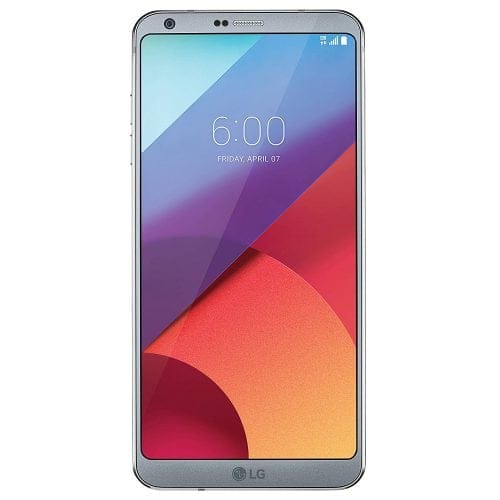
LG, after the modular G5’s failure last year, made a huge come back of sorts with the LG G6. The 5.7-inch bezel-free display of the LG G6, of course, was (is) the highlight feature of the smartphone.
The G6 sports a dual 13MP camera setup on the back. While one of the sensors works as a wide-angle lens, the other functions as your regular lens. This setup has remained the same on a range of LG phones and can be seen on the recently launched LG V30 as well.
The only downside of the G6 is the fact that it comes with last year’s Snapdragon 821 chip in comparison to other flagship phones of 2017 which are powered by the Snapdragon 835 SoC.
There’s nothing wrong with the SD821 chip, though. It’s just that it’s slightly less powerful and misses out on a few features that the SD835 brings to the table. If you are willing to ignore this, the LG G6 makes for a pretty good phone be it multimedia consumption, gaming or anything else that you’d want from a phone.
Xiaomi Mi Mix 2S
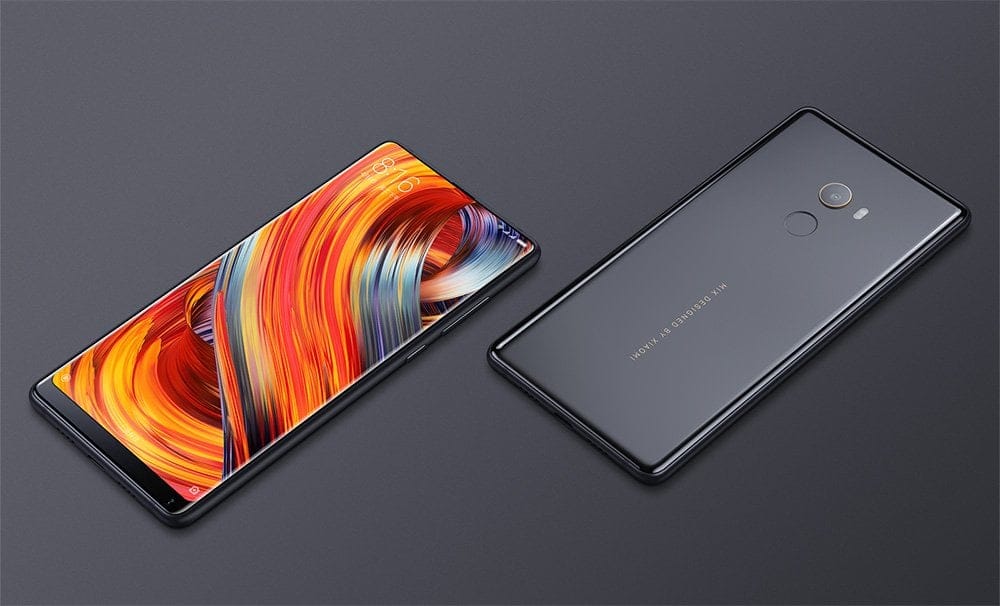
Xiaomi Mi Mix is pretty much the reason behind today’s bezel-less display trend among smartphones. Xiaomi was one of the first few companies to embrace the bezel-free design with the Mi Mix and ever since smartphone vendors have jumped on the bandwagon. Now, Xiaomi has launched the Mi Mix 2S, the immediate successor to the Mi Mix 2 launched in 2017.
The Mi Mix 2S boasts an astounding 81.9% screen-to-body-ratio flaunting a huge 5.99-inch Full HD+ display with an 18:9 aspect ratio and Gorilla Glass 4 on top. It houses a Snapdragon 845 chip under the hood like the other 2018 flagships do and packs 6GB/8GB of RAM and 64/128/256GB of onboard storage.
Imaging department is taken care of by a dual 12MP camera on the back and a 5MP selfie shooter which is placed below the display of the Mi Mix 2S. Yes, as awkward as it may sound or look, it’s true.
DOOGEE Mix
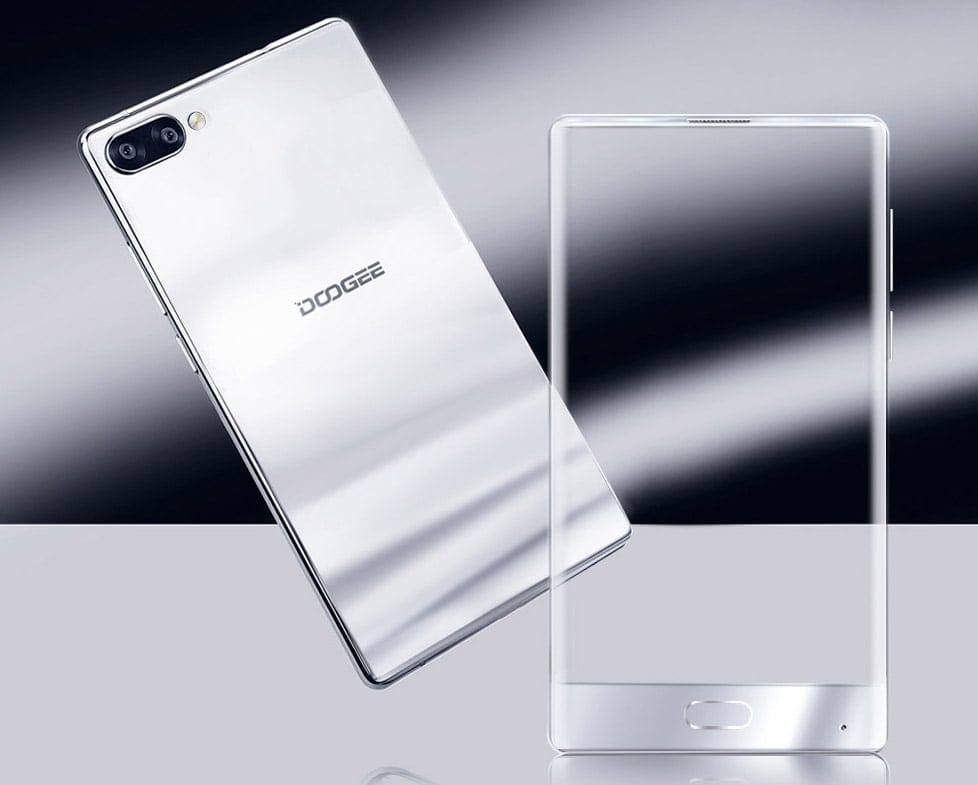
DOOGEE Mix, without a doubt, is one of the cheapest smartphone with a near bezel-less display on offer. Now, there’s a fat chin on the bottom which accommodates the home button. But, for what it’s worth — which btw is just $200, you can easily ignore the ugly bottom chin. The smartphone is feature packed, too. Speaking of which, the Mix gets you a 5.5-inch HD AMOLED display, octa-core MediaTek Helio P25 SoC, either 4GB or 6GB of RAM, 64GB/128GB native storage space, dual rear cameras (16MP+8MP), 5MP front-facing camera, a 3,380mAh and Android 7.0 Nougat. Yep, all of this for just $200. The major let down of the phone, however, is its software. Get this phone only if you can live with the Mix’s not-so-polished software.
Sharp Aquos S2
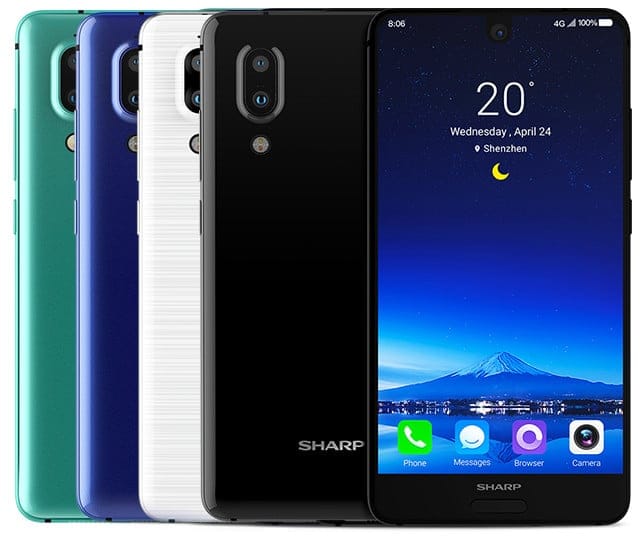
Sharp, the Japanese smartphone maker had recently unveiled its latest bezel-free phone called the Sharp Aquos S2. The handset features minimal bezels on the left, right, and top, while at the bottom, it has a noticeable bezel which houses the fingerprint scanner. As can be seen from the image above, there’s an Essential Phone-like notch on the top to house the front-facing camera. As for the specs, you get a 5.5-inch Full HD display, Snapdragon 630 SoC coupled with 4GB of RAM and 64GB of onboard storage or Snapdragon 660 chipset hooked to 6GB of RAM and 128GB native storage. The imaging department is taken care of by a 12MP + 8MP dual camera combo on the back and an 8MP shooter at the front. The smartphone runs Android 7.1.1 Nougat out-of-the-box and draws fuel from a 3,020mAh battery.
Asus ZenFone 5Z
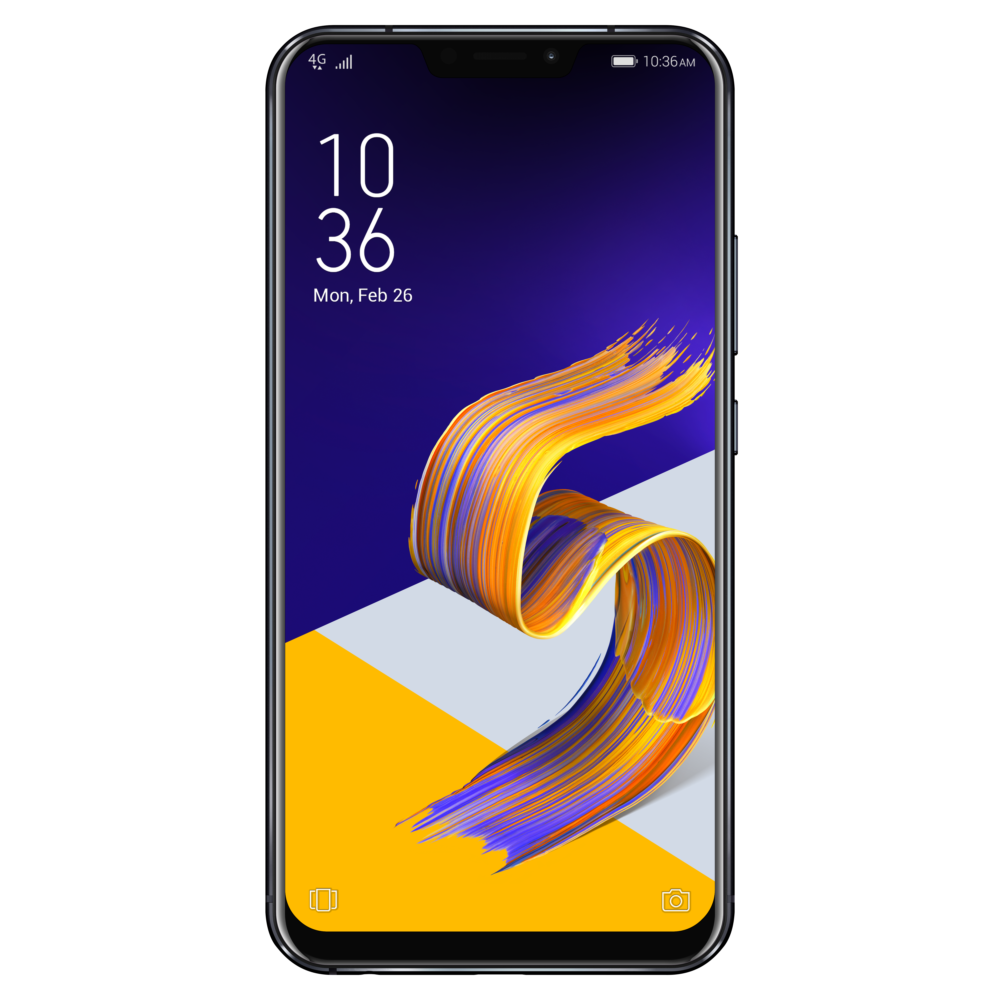 Besides the standard ZenFone 5, Asus also unveiled the ZenFone 5Z in what marked the first time Asus was making a major presence at an MWC event. The Taiwanese company paid homage to the highly successful ZenFone 5 that was unveiled in 2014, christening its 2018 launch event #Backto5.
Besides the standard ZenFone 5, Asus also unveiled the ZenFone 5Z in what marked the first time Asus was making a major presence at an MWC event. The Taiwanese company paid homage to the highly successful ZenFone 5 that was unveiled in 2014, christening its 2018 launch event #Backto5.
The ZenFone 5Z is the flagship handset in the new ZenFone 5 series, which also has the ZenFone 5 Lite, and it also sports a fancy design with an iPhone X-like notch on a bezel-less 6.2-inch 2246 x 1080 LCD display, packs a Qualcomm Snapdragon 845 SoC with 4/6/8GB RAM and 64/128/256GB storage, a dual 12MP camera on the back, an 8MP shooter for selfies, a 3300mAh battery unit, Android 8.0 Oreo and the likes of USB-C, rear-mounted fingerprint scanner, NFC and a 3.5mm audio jack.
The ZenFone 5Z pricing starts at $499 for the base model of 6GB RAM and 64GB storage.
Asus ZenFone 5 Lite
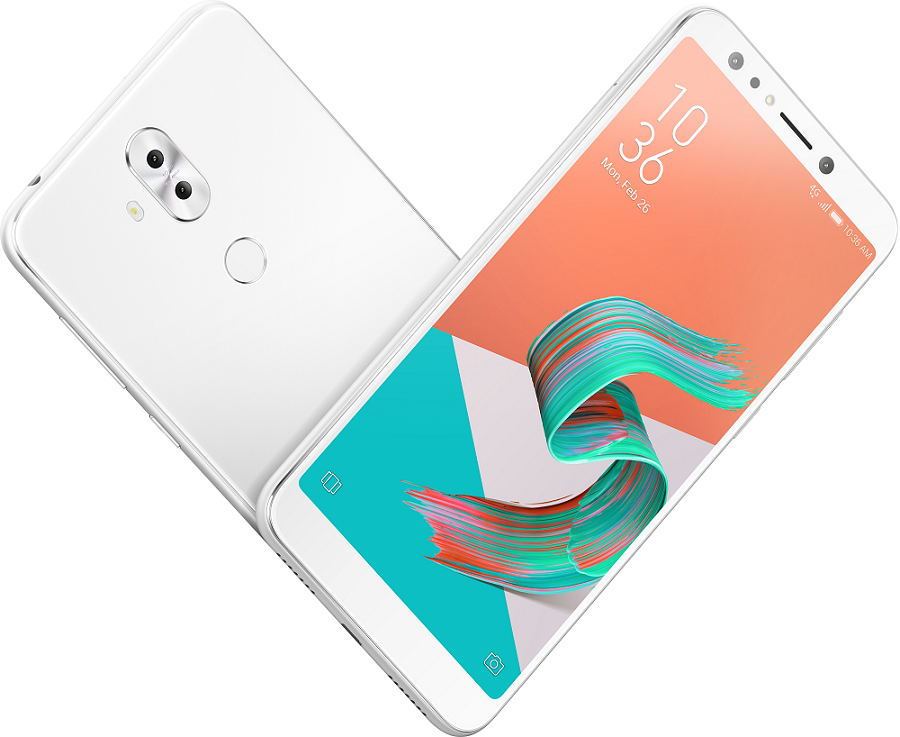
Asus announced four phones at the MWC 2018, among them was the ZenFone 5 Lite, the entry-level variant in the ZenFone 5 series. Unlike the ZenFone 5 and 5Z, the Lite version, which is also known as ZenFone 5Q in the U.S., has no notch, but you get a near bezel-less design and a dual-lens camera on the back as well as the front.
Under the 6-inch 2160 x 1080 IPS LCD panel, the ZenFone 5 Lite has a Snapdragon 630 SoC, 4GB RAM, 64GB storage and runs Android 8.0 Oreo based on ZenUI 5.0. The back has a high-resolution 16MP main lens and a secondary 120-degree wide-angle lens while the front gets a high-resolution 20MP main lens and a 120-degree wide-angle lens to help deliver superb selfies.
The ZenFone 5 Lite has a 3300mAh battery, microUSB port, rear-mounted scanner, 3.5mm audio jack, face unlock and NFC. No price details are available yet.
LG Q6
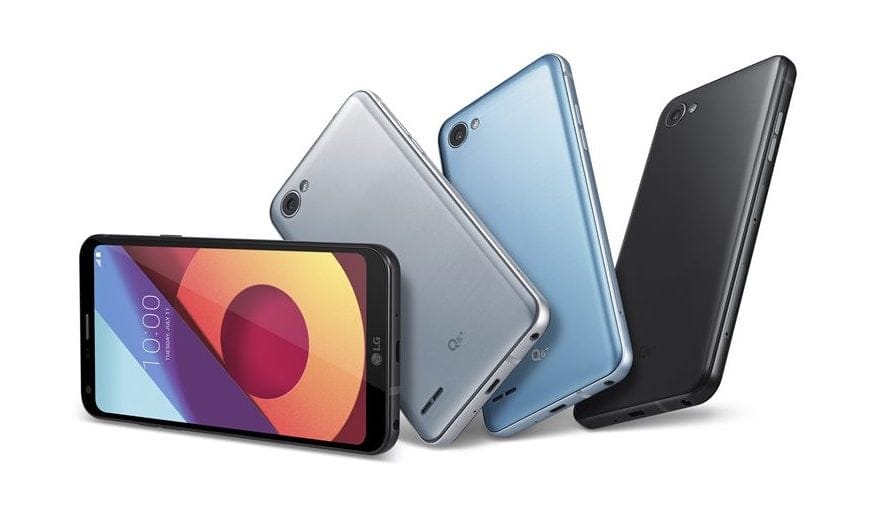
LG Q6 is essentially a watered-down version of the company’s flagship G6 handset. Akin to the latter, the Q6 also has a FullVision display but the spec sheet, however, differs. The smartphone has a 5.5-inch Full HD IPS LCD display at the front (with minimal bezels) and houses an octa-core 1.4GHz Snapdragon 435 SoC. There’s 3GB of RAM and 32GB of onboard storage under-the-hood. For optics, you get a 13MP f/2.2 rear camera and a 5MP f/2.2 front-facing camera. The LG Q6 runs Android 7.1.1 Nougat-based LG UI 5.0 out-of-the-box. The entire package is backed by a 3,000mAh battery. Clearly, the device is aimed at mid-range smartphone buyers who need a huge display in a relatively smaller footprint. Pick it, if you are one!

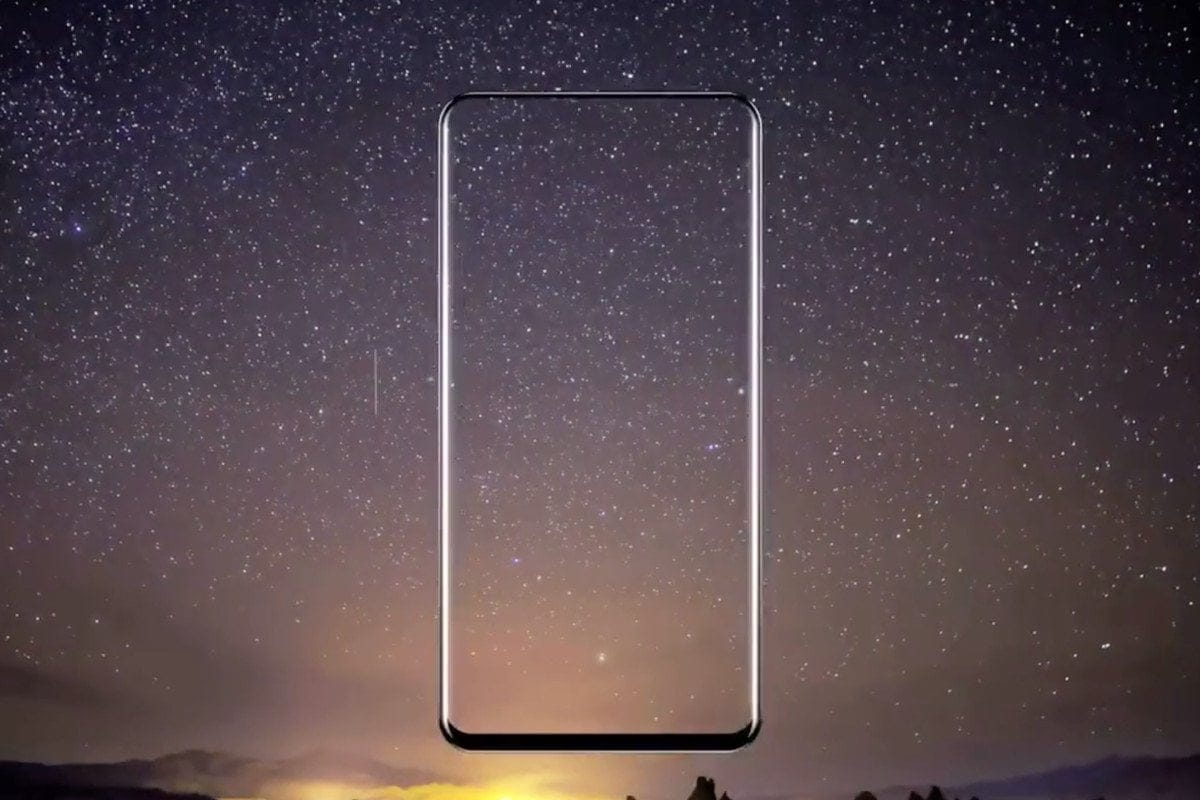










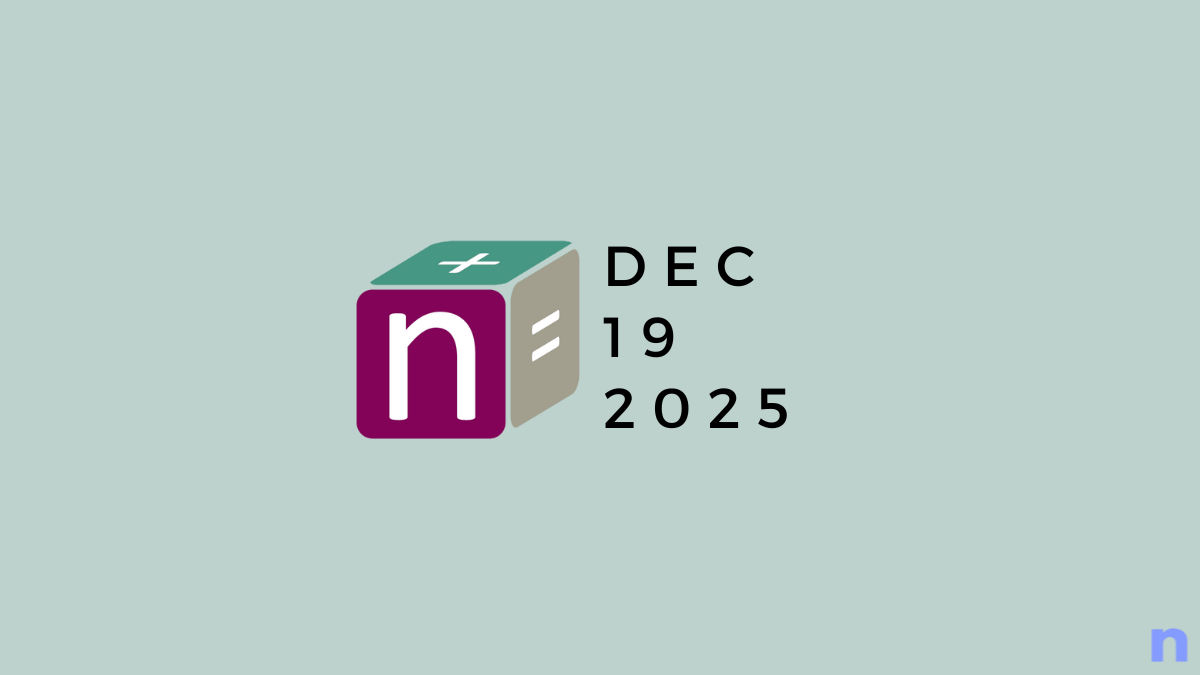
Discussion